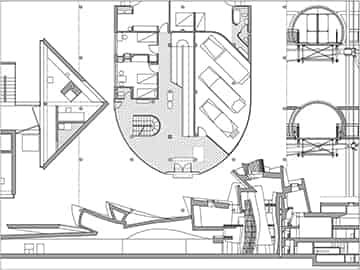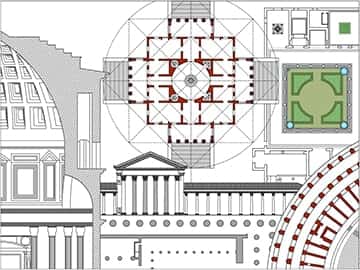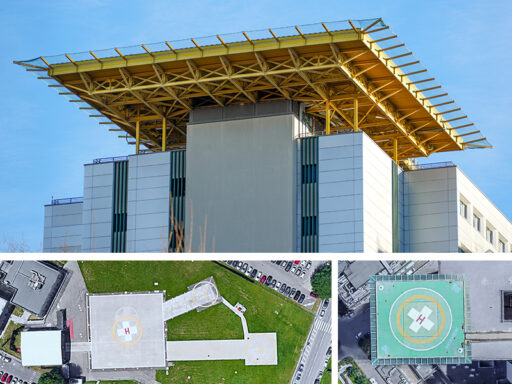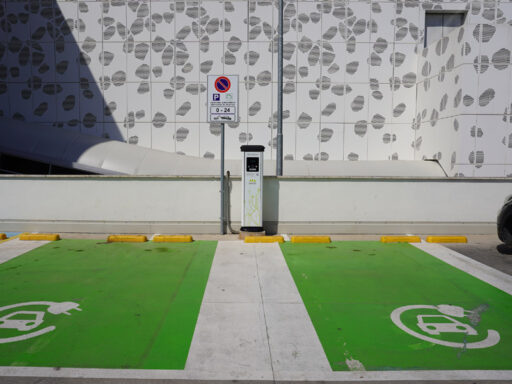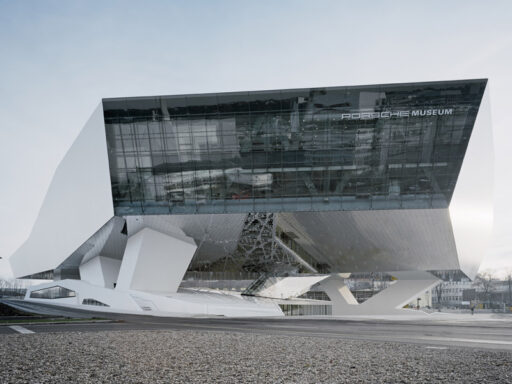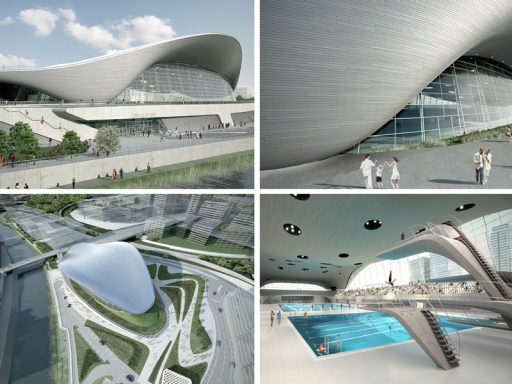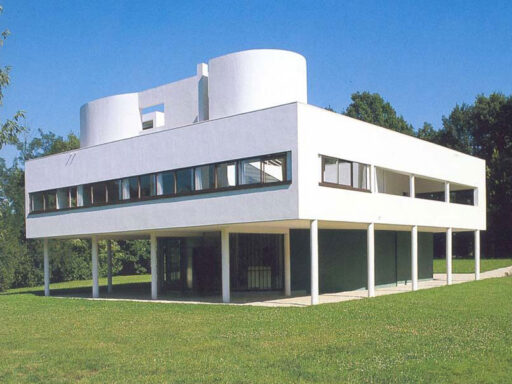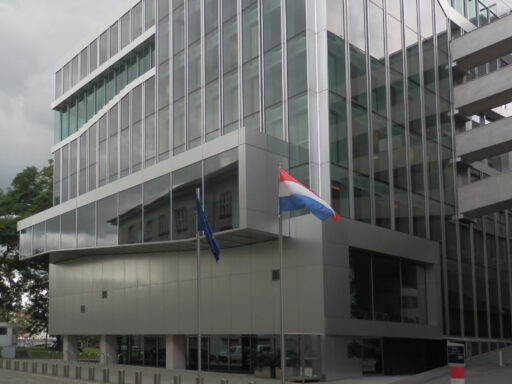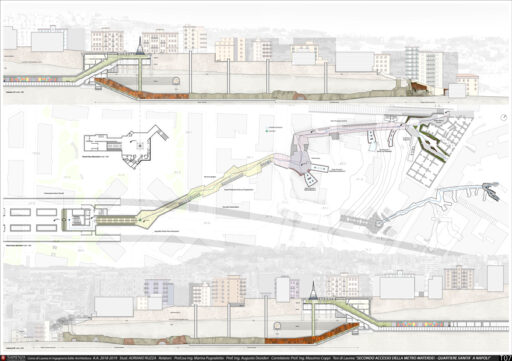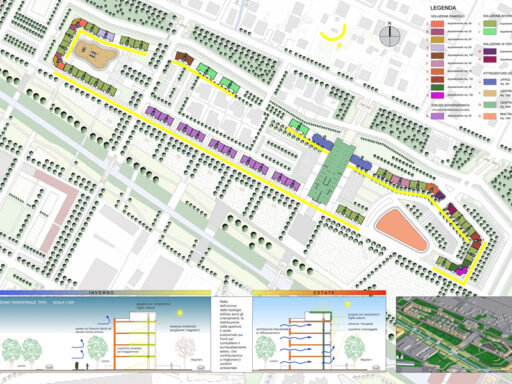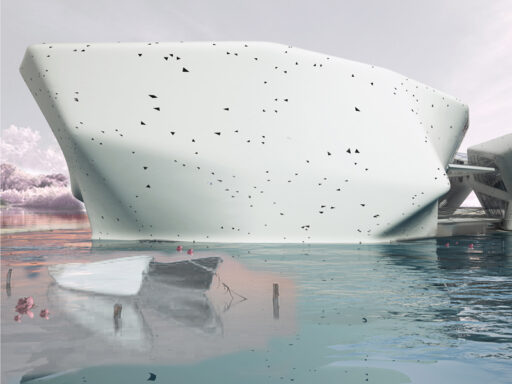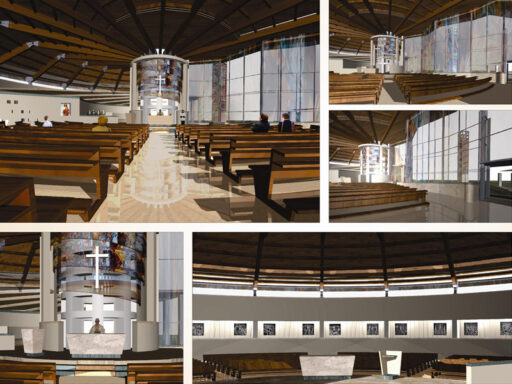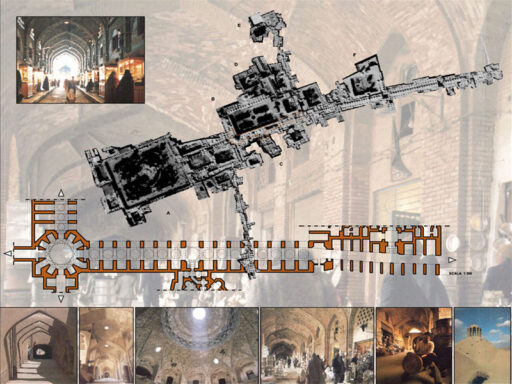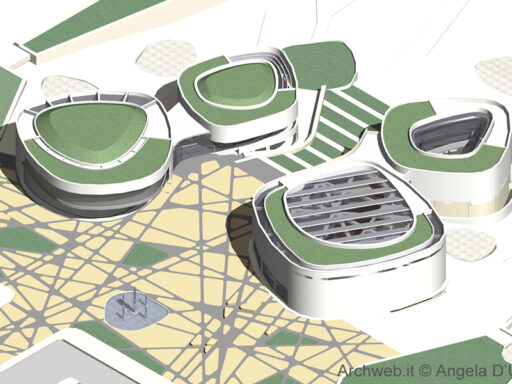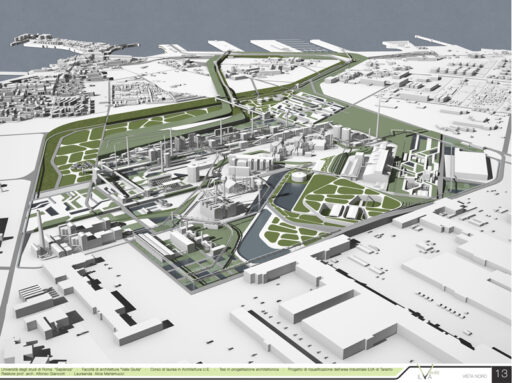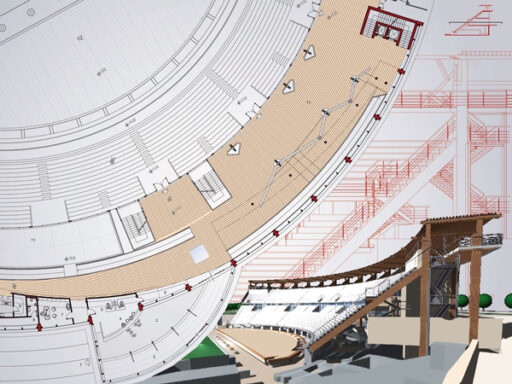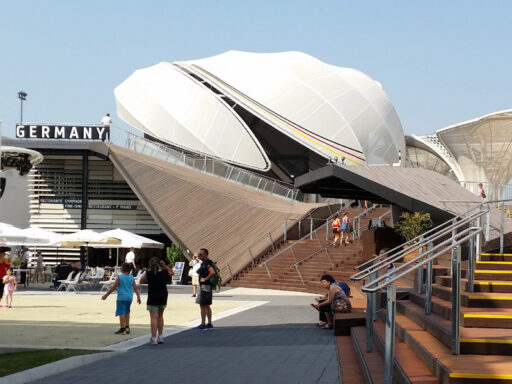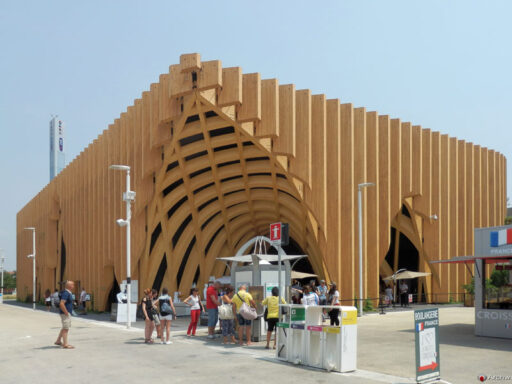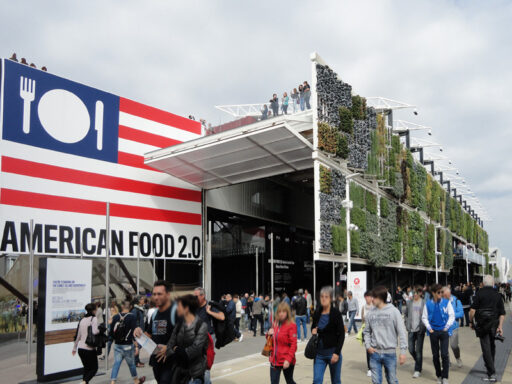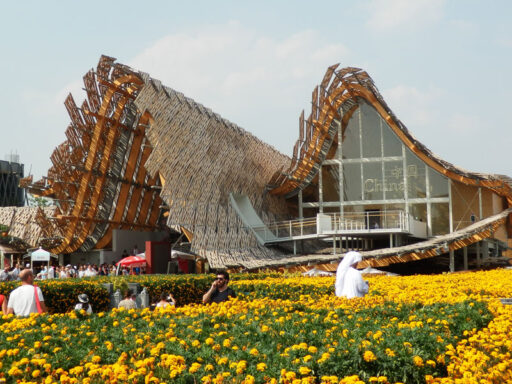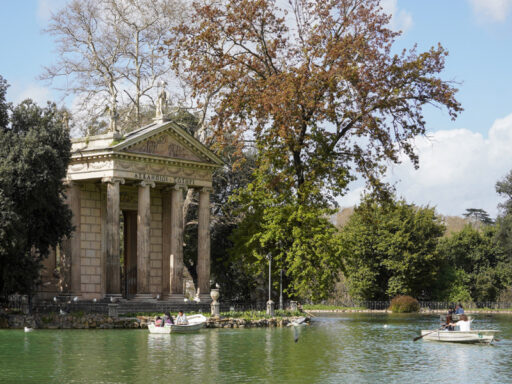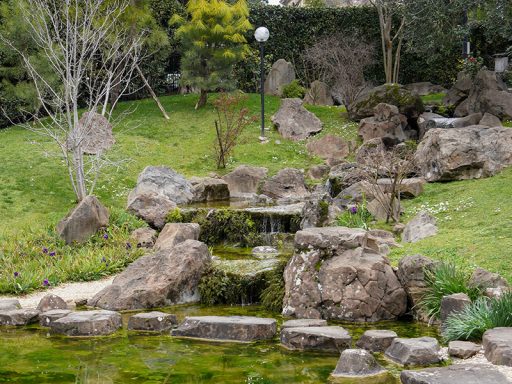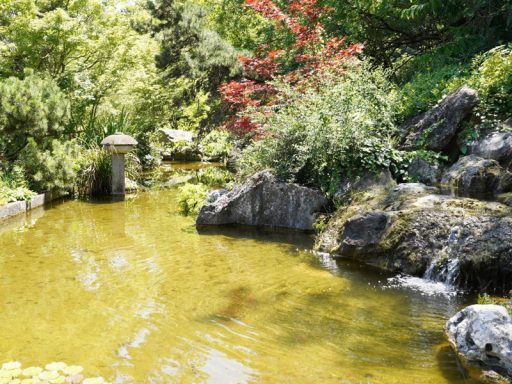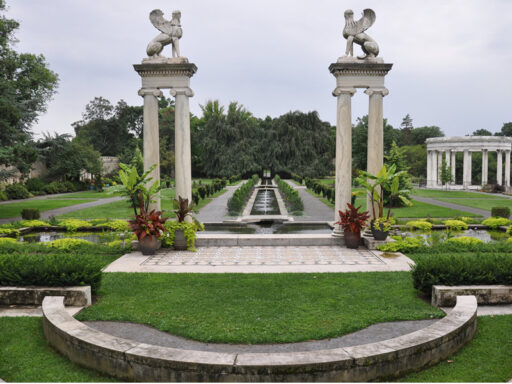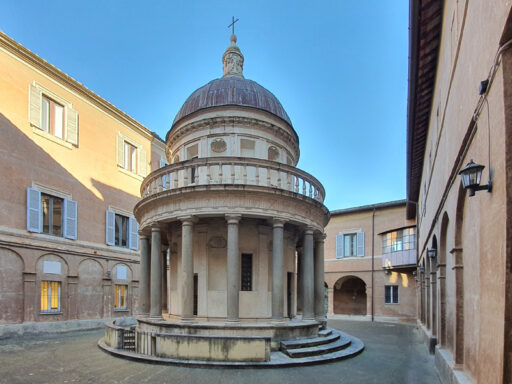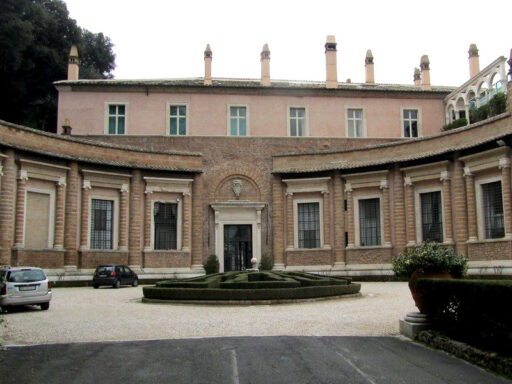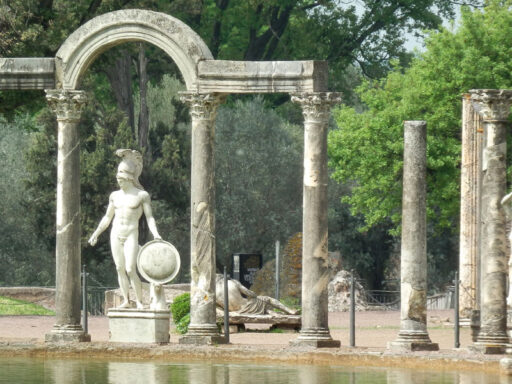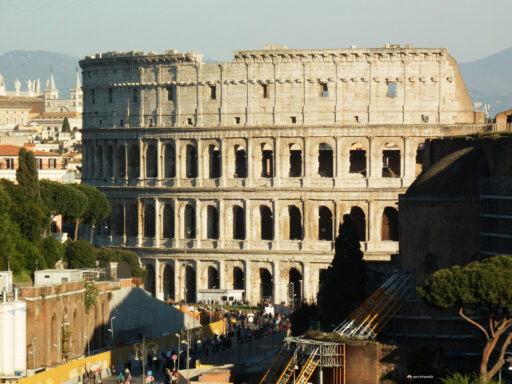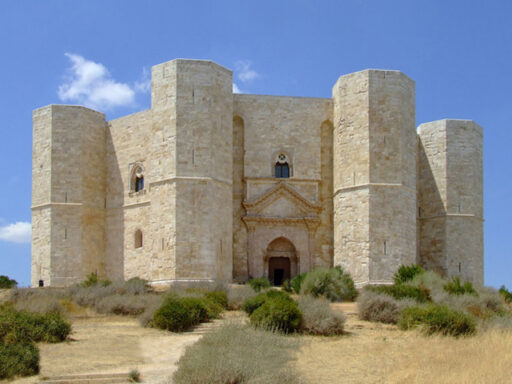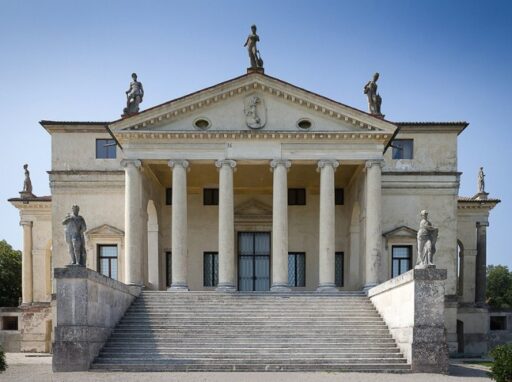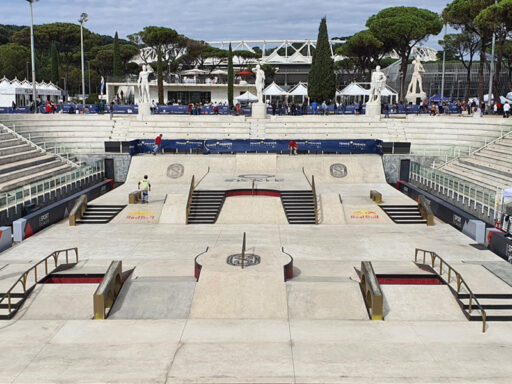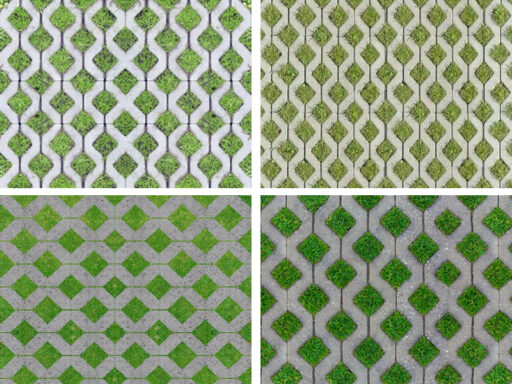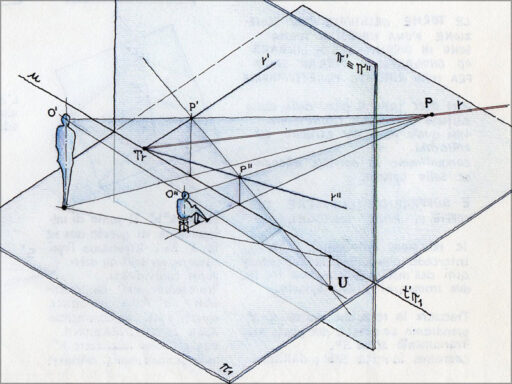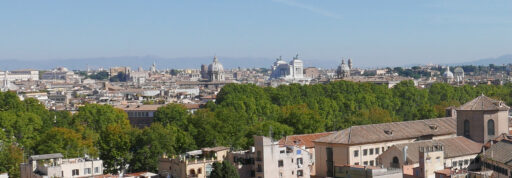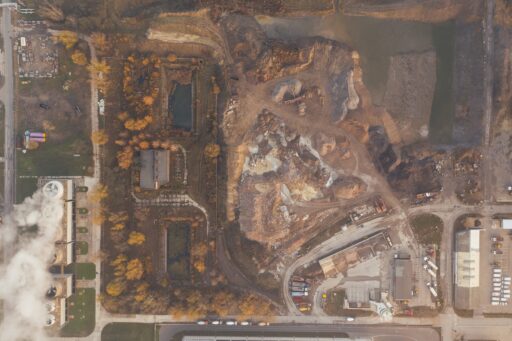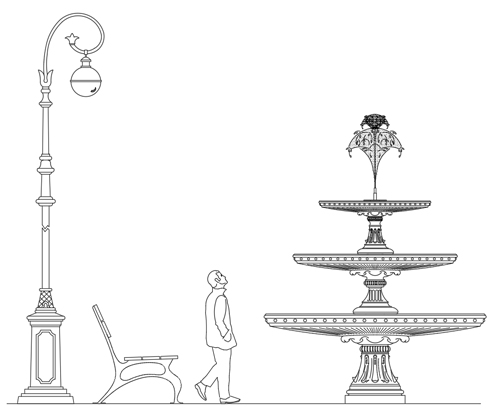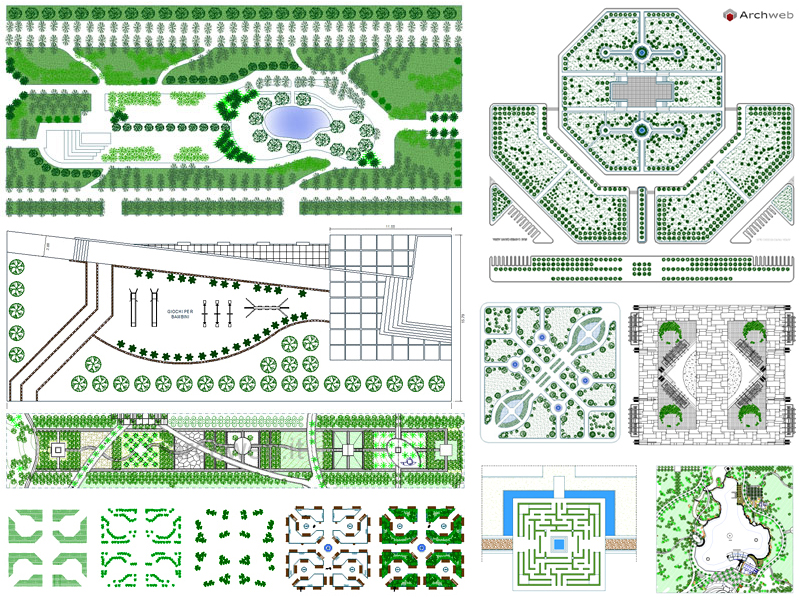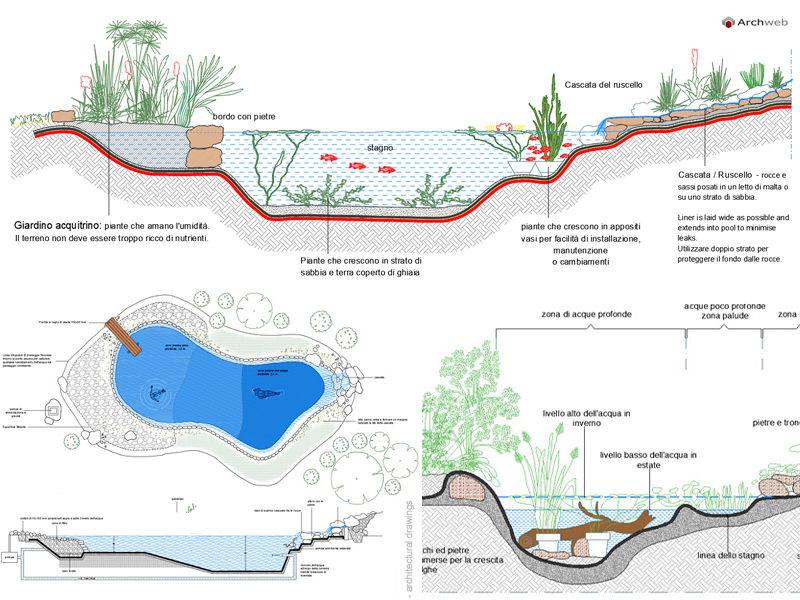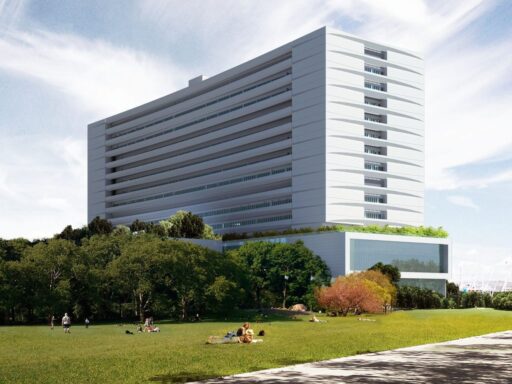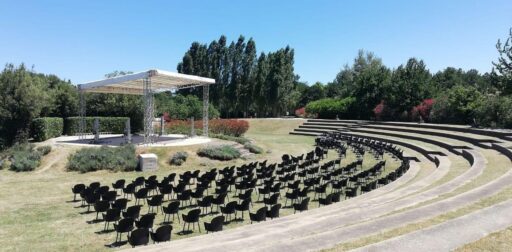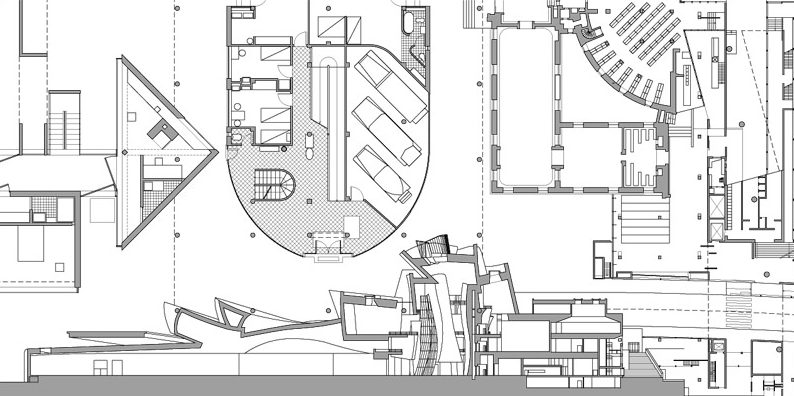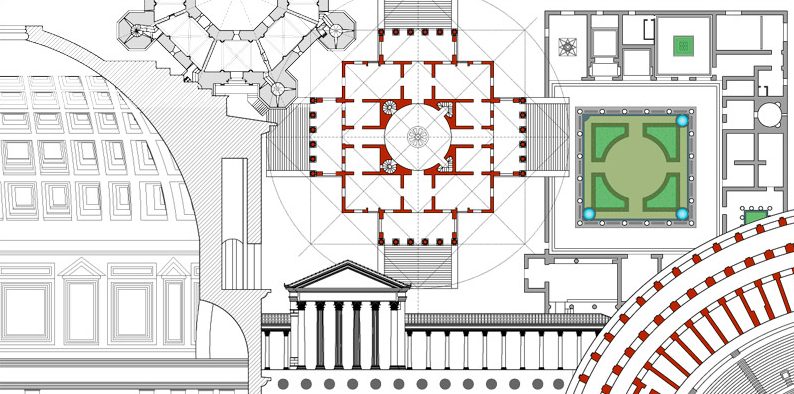Landscape and territorial planning
General principles and areas of intervention
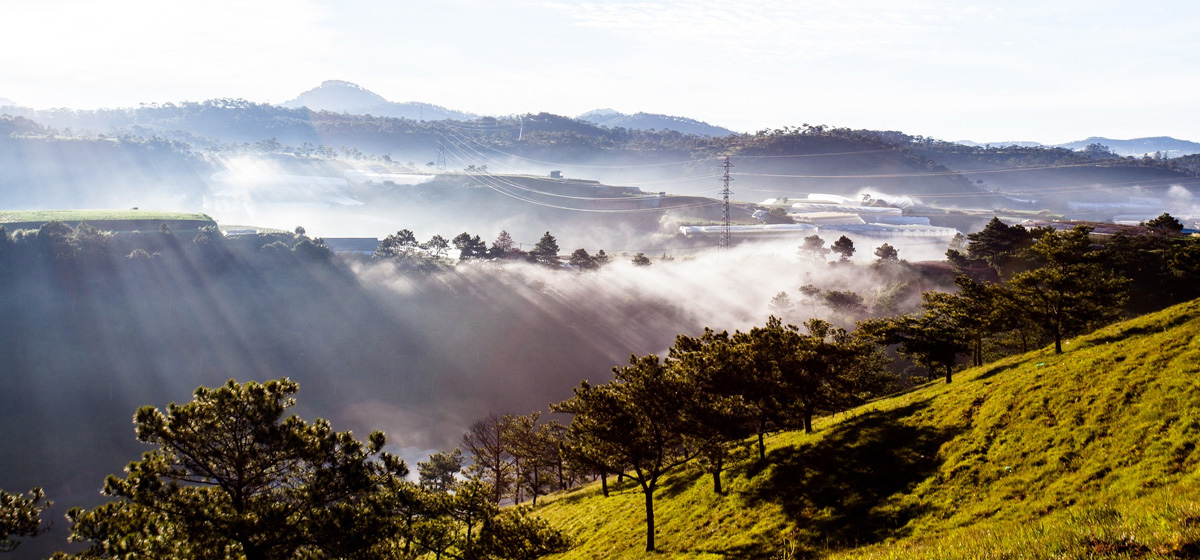
The planning models have always been inspired by the ancient concepts of territorial governance, these principles have as their objective the survival of the territory and the improvement of the quality of life of the people who live there.
The main purposes are:
- subdivide the territory in order to protect the natural, aesthetic-cultural productive resources and rationalize its use;
- improve the quality of life of the inhabitants, through opportunities for social, economic and cultural promotion;
- create development through the interoperability of economic and productive activities;
- safeguarding traditional characters and respecting the past to pass it on to future generations.

Planning area
Depending on the type of intervention we want to carry out, the planning and control of the territory must be carried out at an appropriate design scale. Currently there are several regulatory instruments of territorial planning (PRG, Manufacturing plans) that favor a poorly coordinated management and that provide a planning action that takes place within the administrative boundaries that do not fully reflect the physical-cultural realities of the territory. They rarely take into account the aggregations and characteristics of the landscape.
Italy is a vast geographic area that includes many types of landscape which mostly derive from the interaction of different natural and anthropic peculiarities.
The definitions of homogeneous territorial units must derive both taking into account the aspect linked to the characteristics of the territory, and the cultural aspect which varies according to the community that inhabits it and the use of the territory it needs for growth and development.
According to Gilberto Oneto, K. Sale proposes to subdivide the territory according to advanced studies of Landscape ecology and bioregionalism, defining the “georegions” which can be defined as organic landscape units.
The proposed subdivisions take into account the specific floral and animal characteristics identifiable on the basis of physical characteristics such as the course of rivers, valleys, mountains.
The homogeneous areas define an intervention area with specific characteristics, the reference to the human community that composes it and that lives in a specific territory, the study of culture, the economic structure, the needs and ways of life, condition the use and the shape of the territory that arose.
It follows that each landscape is a complex organism with its own biological rhythms and relationships. Each landscape is the physical and cultural result of the overlap over time of innumerable components which by action and different origin always produce original situations, making the landscape unique and unreproducible (genis loci).
In order to know these overlaps, we can distinguish different objective needs linked to human physical interactions with the territory itself in relation to the resident population:
- physical (spatial relationships of the individual and the community);
- ideological (i.e. the right – duty to live in property spaces, constitutes the symbolic and physical bond of a community that sneaks into a territory, making the bonds of connection within the community itself more stable and strong);
- historical (formal languages designed to satisfy the needs in which a specific community is identified);
- future (the needs arising from actions that will result in a near time of which we can/must predict the trend and development);
specific (these are needs related to groups or individuals deriving from new needs, not previously conceivable or deriving from bad planning)
Particular attention must be paid to that portion of citizens who are temporarily in a place for reasons of work, study or tourism. The quantification of the space available for the non-resident population and therefore according to the specific characteristics of each portion of the territory that will have different characteristics, for example, depending on the development, for example, of industrial centers, productivity or tourism.
Local environmental and autoctonal valences
The first sources on the subject refer to the culture of the western garden in the eighteenth and nineteenth centuries, in relation to the fashion of the impact of exotic essences. Following the great geographical explorations in Europe, large botanical gardens begin to be developed to catalog, study and collect the greatest number of absences.
The first botanical garden is that of Padua in 1545, the spirit of collecting and collecting was subsequently pursued relentlessly in 1658, where the Oxford botanical garden had about 2000 different plants of which only 600 were indigenous to the British Isles.
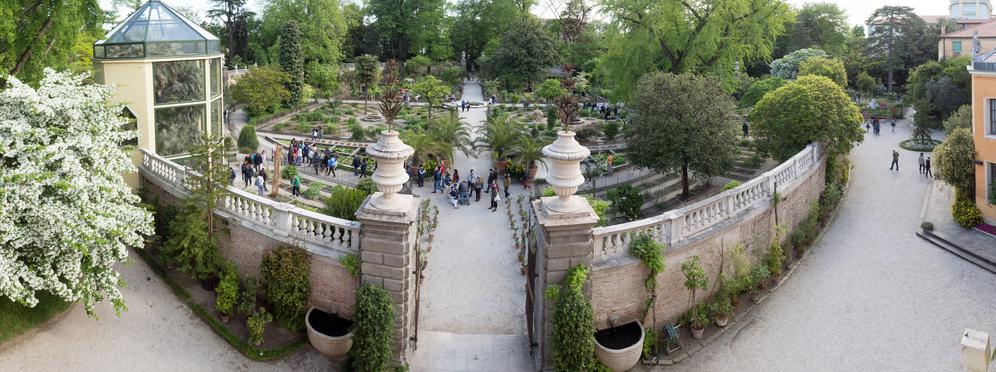
In this perspective, the construction of the gardens is influenced by the exotic vegetation that became a characteristic element of the time. This influence is integrated in the so-called English parks which, by their nature, emphasize the naturalistic characteristics of the local landscape. Only the most sensitive designers propose natural formal solutions with a botanical twist that lay the foundations for a more ecological attitude.

In 1716-1783 the landscape architect Lancelot Brown, known as Capability for his sense of “understanding” the place on which to intervene, used plants as a structure exclusively composed of seven essences, five of which are native and two acclimatized in the English landscape . In this period the sensitivity for the “genius of the place” began to develop, who only decades later thanks to the German Von Puckler-Muskau who urged to plant only indigenous trees and bushes, or perfectly acclimatized, completely avoiding ornamental plants exotic. Von Puckler-Muskau firmly believes that even in an idealized nature (garden project) there is a need to maintain the character of the country and the climate in which the park is located.

From this perspective, we try to rediscover the naturalistic values of the environment and guarantee the garden its inclusion in the local landscape; over the centuries that followed, with the evolution of the concept, a real discipline emerged linked to three basic principles:
- so-called “natural” landscape design, linked to the growth of consideration for the beauty of spontaneous landscapes and native plants;
- the importance for landscape systems, characterized by open spaces also with bodies of water;
- the introduction of systematic analyzes for the study of resources to support responsible landscape design and planning. By responsible we mean the study of local vegetation series that favor the development of the flora to the advantage of the resources used for its construction and maintenance.
One of the first projects to propose the use of indigenous plants is that of the Graceland Cemetery from 1880.
This new discipline finds its maximum development in Chicago thanks to the personality of Henry Chandler Cowles who taught ecology at the University of Chicago.
This period sees the confluence of the professionalism of W.A. Miller, J. Jensen and Frank A. Waugh, co-founder of the Department of Landscape Architecture at the University of Massachusetts, who was the first to deal with communication and landscaping.
Frederick Law Olmsted, on the other hand, remains very interested in the urban landscape systems that started from Chicago, which influenced Horace W. S. Cleveland (Minneapolis) and Charles Eliot (Boston) who gave the greatest importance to ecological parameters. In the years preceding the Second World War, activities involving landscape interventions on an ecological basis and aimed at a more traditional configuration in the construction of parks and gardens are developed.
Frank A. Waugh was the first professional to consult with the National Forest service on road arrangements and the organization of professional institutional courses in street furniture in the early 1930s. He became the precursor to the figure of the landscape architect understood in the sense modern, among the numerous innovations constantly hypothesizes the exclusive use of indigenous plants in road arrangements.
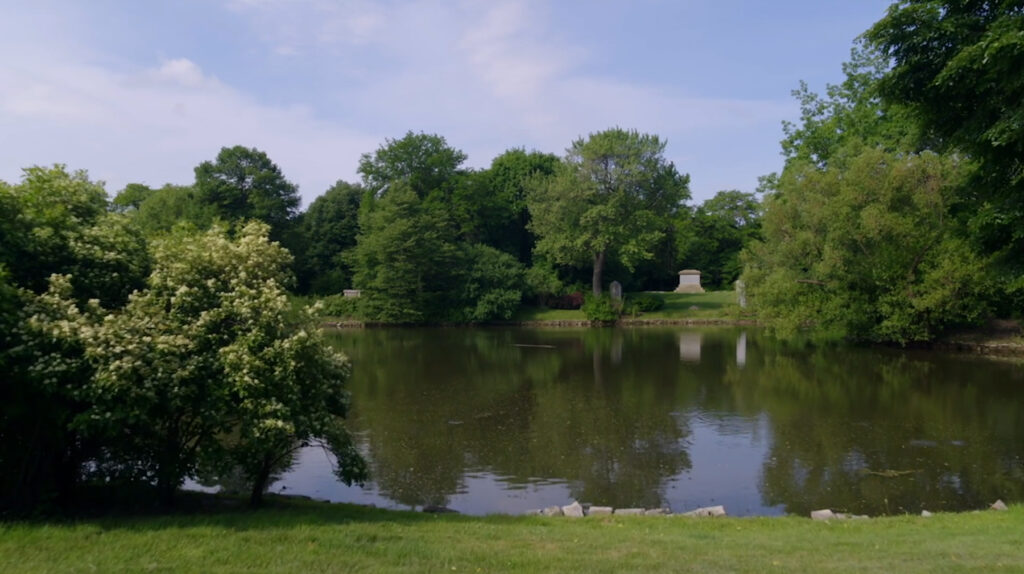
Concept of ecology
The phenomena of indiscriminate use of the territory, contrary to what one might think, can be found not only in the modern era but also in the past, for example in the deforestation of the Mediterranean basin, rather than episodes of degradation linked above all to the indiscriminate cutting of forests in the Middle Ages . Sensitivity to the theme of ecology begins in the 15th and 16th centuries following the devastating floods in the Po Valley, with consequent crypto-ecological considerations.
In particular, the principles of Gilbert White modern ecological thought of Arcadian vision (the peaceful coexistence between man and other living beings) and the imperialist one of Linnaeus (Restoring the dominion of man over nature through the exercise of reason and hard work ).
The principles of modern ecological planning that recall the concept of safeguarding the asset, in the perspective of restoration and conservation proposed by Cesare Brandi, and which we can identify in the principles proposed by Gilberto Oneto:
- Principle of globality or Inter randomness. In other words, the territory (landscape) is conceived as a single large living organism of biological characters whose perceptible forms derive from the superimposition of multiple natural and cultural components.
- Principle of environmental autonomy. It involves the concept of acceptance of the landscape as a subject, where the planning of it involves the evaluation and verification of the economic benefits of the intervention analysis.
- Principle of minimum sizing and reversibility. It is necessary to carefully evaluate the need to avoid oversizing unjustified spatial needs, furthermore each action must be able to be modified for the benefit of safeguarding the asset.
- Economy principle. Economic ecology for the long term is the basis of the concept of intervention on the territory.
- Principle of respect for tradition, that is, respect for local languages in relation to the principle of economy.
- Principle of transparency and democracy, through the execution of analysis processes for the understanding and optimal evaluation of planning choices.
References
G. Oneto – Landscape Planning Manual, Milan, il sole 24h, 1997
K. Sale – The regions of nature, Milan, Eleuthera, 1991
P. Picarolo – Public and private green spaces, Ulrico Hoelpi Milan, 1999
____________________
Christian G. L. Hirschfeld – Theorie de l’art des janrdins, leipzig, 1780
Hermann Furst Von Puckler-Muskau – Garden and landscape, Milano Rizzoli, 1984
ortobotanicopd.it
Photo cover: Tien Vu on Pixabay
